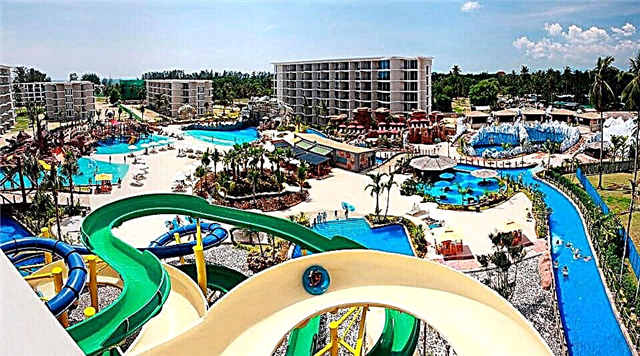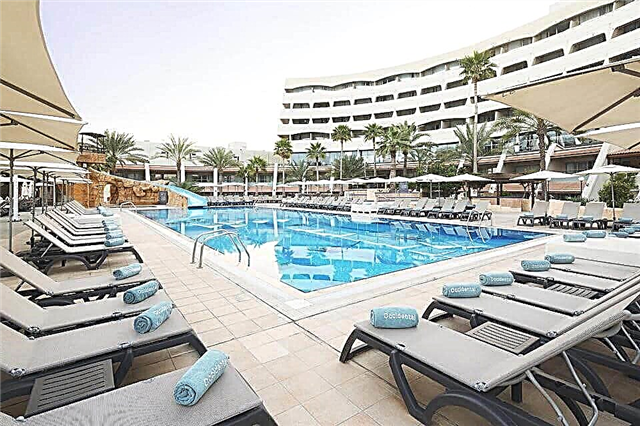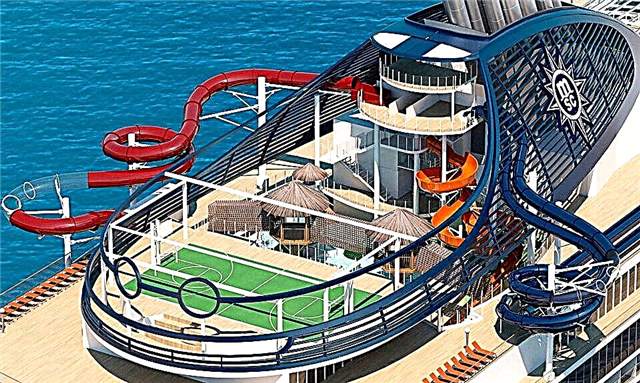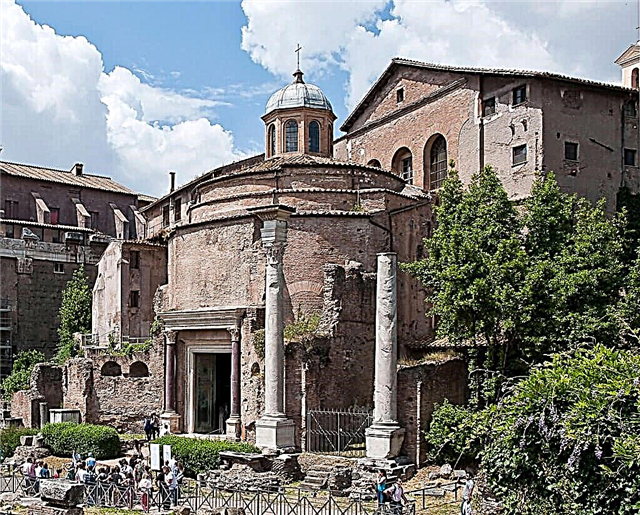For centuries, the Roman Forum has been the majestic center of a great power. The territory of the square reflects the royal, republican and imperial periods of Ancient Rome. The architectural ensemble, built over 12 centuries, personifies the political, social, military and religious activities of the Roman state. Today the Forum is a chaotic jumble of ruins and debris that allows you to feel the scale of the buildings of the ancient empire.
History

The Roman Forum is a vast valley at the foot of the Capitol and Palantina hills. Since ancient times, the territory on which the Eternal City rises now has been a marshy and desert area. The first rulers of Rome paid great attention to the political formation of the new settlement, demography and the defense of the city. Street improvement was not a priority for the authorities.
The reign of the fifth king of Rome, Lucius Tarquinius Priscus, was marked by the formation of the central district of the city. The swampy area was drained and then paved with stones. One part of the area was intended for trade shops, the other was set aside for ceremonies and festivals. The changes that were gradually taking place in the external appearance of the Forum reflected the changes in the state system and the life of the people. From a marketplace, the area has become a center of social activity for the Romans.
At the Forum, monumental and richly decorated buildings were erected, personifying the glory of ancient Roman politicians and military leaders. People's meetings, meetings of the Senate were held here, laws were passed, and issues of peace and war were resolved.
After the fall of the Roman Empire, the Forum experienced a disastrous invasion of the barbarians. The pogroms of the ancient Germanic tribes caused significant damage to ancient monuments. Many structures were partially destroyed, and the surviving structural elements were dilapidated and lost their grandeur. The Roman Forum became a backwater in the Middle Ages. Cows were grazing among dilapidated columns and plundered temples.
The ancient structures were turned into quarries, from where the papal builders took marble and travertine for the construction of new buildings. At the beginning of the 19th century, large-scale and systematic excavations began to be carried out at the Forum. The valley has attracted historians and archaeologists from all over the world. Restorers and architects managed to restore some of the monumental fragments of buildings and structures.
Sights
Today's Forum is a unique historical place where the monuments of ancient culture of Rome are concentrated under the open sky. Many centuries ago, magnificent buildings, magnificent palaces and temples towered over the square. They were built of multicolored marble, decorated with columns and arched galleries. Now it is impossible to see this grandiose architectural ensemble in its original form. Only ruins remained, from the fragments of which one can mentally imagine the entire scale of the buildings. Half of the monuments were completely reconstructed. They delight and amaze numerous visitors of the Forum with their appearance.
The Roman administration, where 200 senators sat, was called curia. This large rectangular brick building with three windows on the facade can be seen to this day. The first curia was built in the 7th century BC. Over the entire period of its existence, the building burned down several times and then restored. In 303 AD, it acquired its final appearance, which pleases today's tourists.
The inner space is a hall, along the perimeter of which there were rows with chairs and benches for senators. The curia floor is covered with marble tiles and the ceiling is decorated with gilding. Along the walls there are travertine pedestals with embossed ornaments depicting Emperor Trajan and his subjects.

In front of the curia there was a platform for holding republican elections. The Black Stone is installed here, which is the sacred symbol of the Forum. Legend has it that the boulder indicates the burial place of the founder of Rome - Romulus. Ancient inscriptions dating back to the 6th century BC are visible on the stone. The arched structures that celebrated the victories of emperors of different eras have been perfectly preserved at the Roman Forum. One of the main monuments is the Arch of Septimius Severus.
It was erected in 203 AD. The monument represents the victoria of the Roman legions in Parthia (now Iraq and Iran). The twenty-meter structure consists of three arched spans. The facade is decorated with bas-reliefs describing the stages of the Roman military campaign.

The Arch of Titus rises on the Forum with one wide span. It was built in 85 AD to commemorate the suppression of the revolt in the Judean province by the Romans. Legions were sent to suppress the uprising, led by Titus, who was the son of the emperor Vespasian. On the facade of the arch, you can see relief drawings reflecting the procession of the military with trophies from plundered Jerusalem.
The Roman Forum was full of ancient temples. Today, only a few structural elements remain of them. Eight Ionic massive columns, towering near the arch of Septimius Severus, are the remains of the Temple of Saturn. The facility was built in 497 BC and is considered the oldest monument in the square. The temple is dedicated to the god of agriculture. The gold reserves of the empire were kept in the basement of the shrine.
The Temple of Castor and Pollux is represented by three Corinthian columns. The building was built in 484 BC on the initiative of the Roman dictator Postumius as a token of gratitude to the sons of the god Jupiter. According to legend, the mythological brothers Castor and Pollux helped the supporters of Postumius win the civil war. Parts of the round Temple of Vesta, dedicated to the patroness of the family and the state, have survived on the square. The most revered and chaste priestesses of Rome served here.
The girls were responsible for maintaining the sacred "eternal flame" for 30 years of their lives. Next to the temple was the house of the vestals, from which remained a stone foundation, a pile of bricks and several dilapidated statues of priestesses made of white marble.

Opposite the house of the Vestals are the ruins of the Temple of Romulus. The shrine was erected in memory of the deceased son of the emperor Maxentius in 307 AD. The oval structure with a bronze door and pillars on the sides is perfectly preserved. Among the rubble and boulders are the remains of the Basilica of Maxentius. This magnificent structure was built in 312.
The building was intended for a meeting of the city council. The facade of the building consists of three arched spans, the height of which in the original was 40 meters. At the Roman Forum, you can see fragments of foundations, fragments of walls, steps and columns of several basilicas. In these buildings, sessions of the civil court were held, trade transactions were made and legal acts were announced to citizens.
One of the best-preserved shrines is the Temple of Anthony and Faustina. A large building was erected at the initiative of Emperor Pius in honor of his wife. The facade of the building is decorated with six columns with relief ornaments. A long staircase leads to the main entrance to the temple. In the center of the square there is a three-meter tribune that was used for the speeches of the emperors. The oratorical podium was an important political tool.
The eloquence of the rulers of Rome inspired and encouraged crowds of thousands of people in Rome. The "youngest" architectural object at the Forum is considered to be the Phoca Column.The monument was erected on the occasion of the arrival of the Byzantine emperor in Rome in 608 AD. The height of the monument is 13 meters. The column stands on a marble cube pedestal.
Opening hours and ticket prices
In order to enter the territory of the historic center of Rome, you need to purchase a complex ticket for 12 euros. It is also the entrance pass to the Colosseum and Palatine Hill. The archaeological zone is open to the public from 8:30 to 19:00 in the summer season and until 16:30 in the winter.
Where is it and how to get there
The Roman Forum is located in the heart of the city next to the Colosseum. The attraction can be reached by metro (Colosseo station), as well as by buses and trams.











